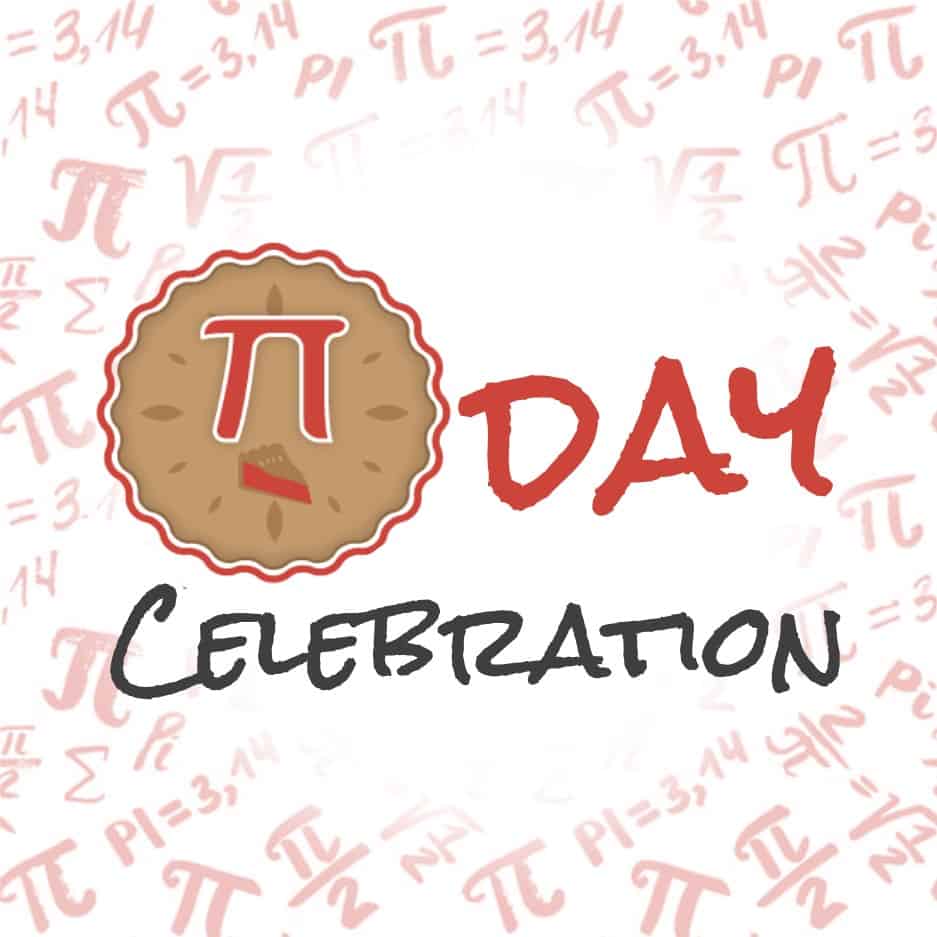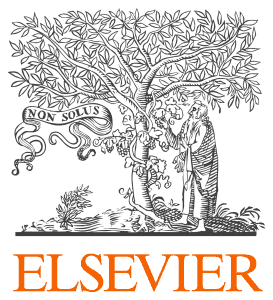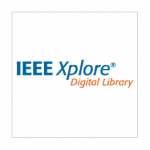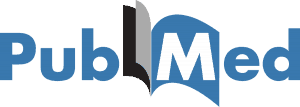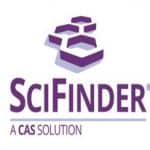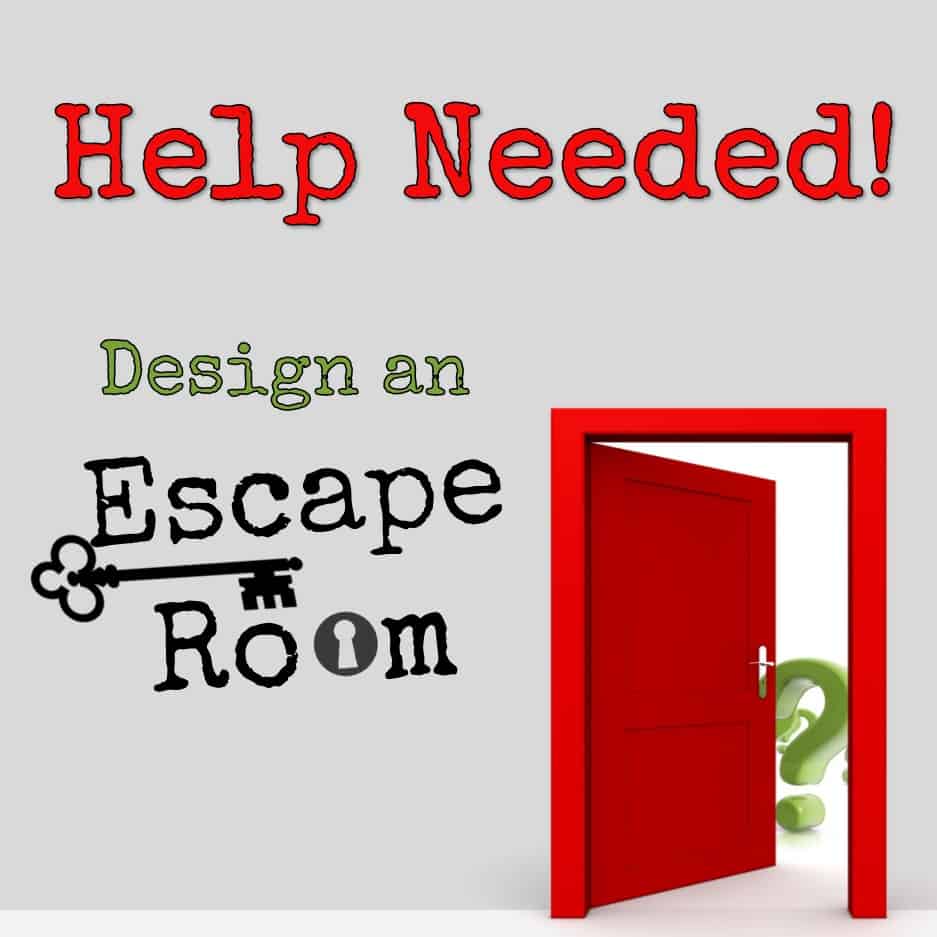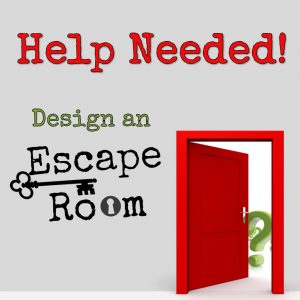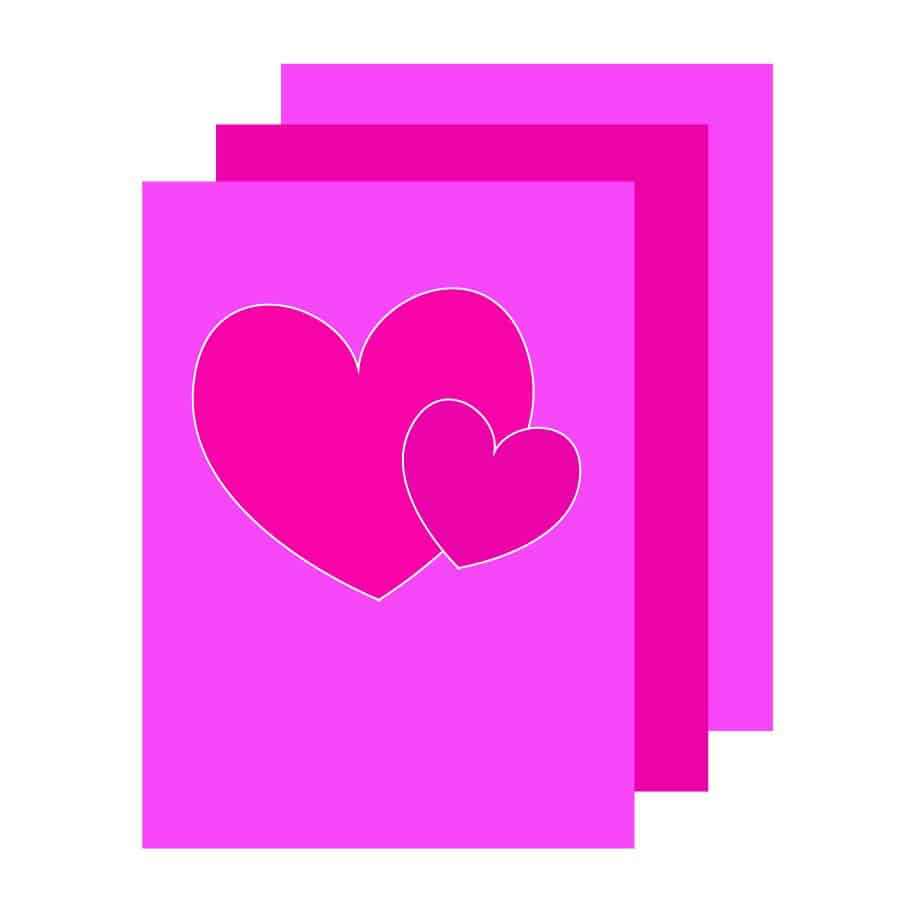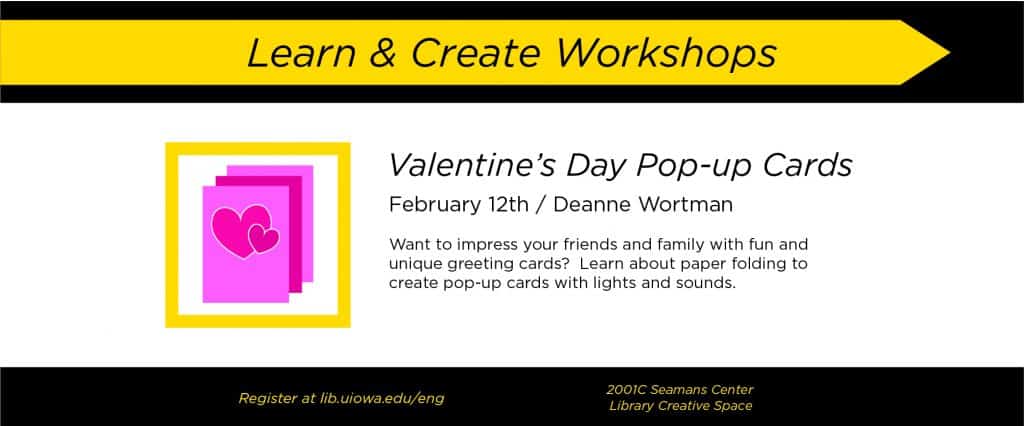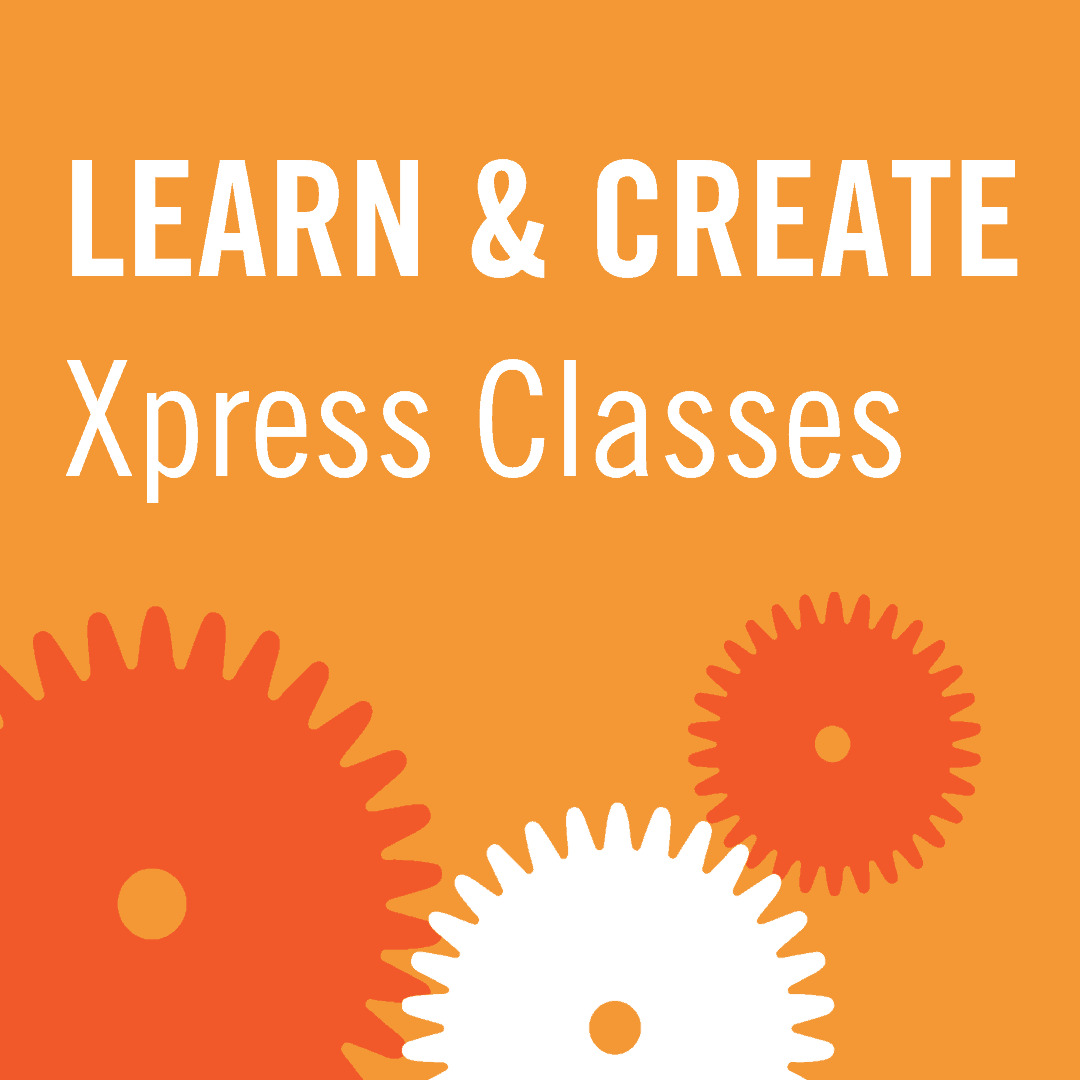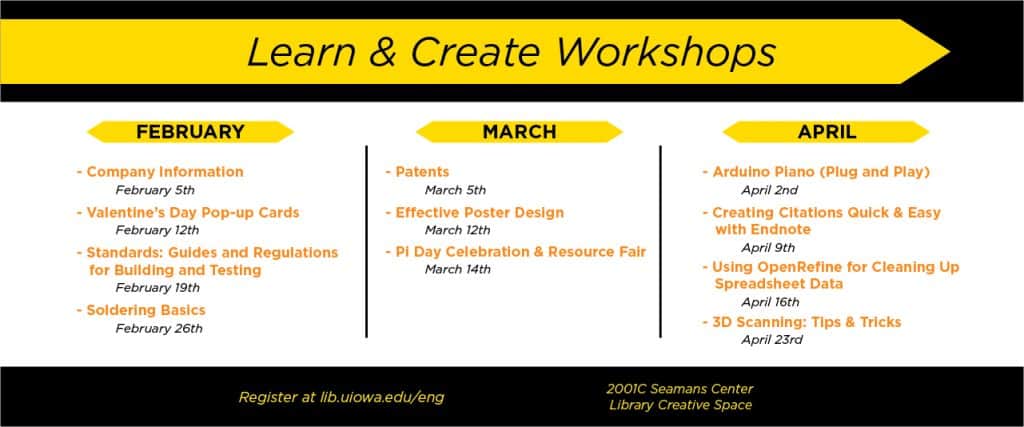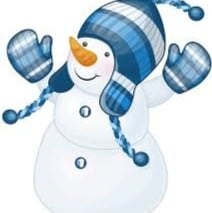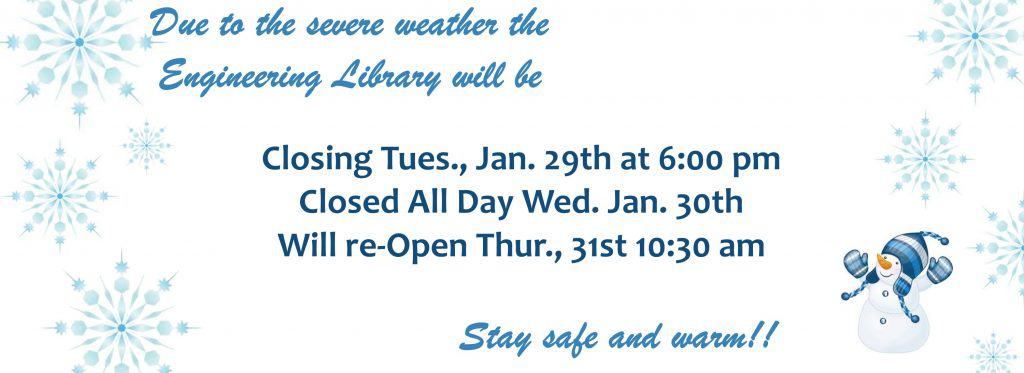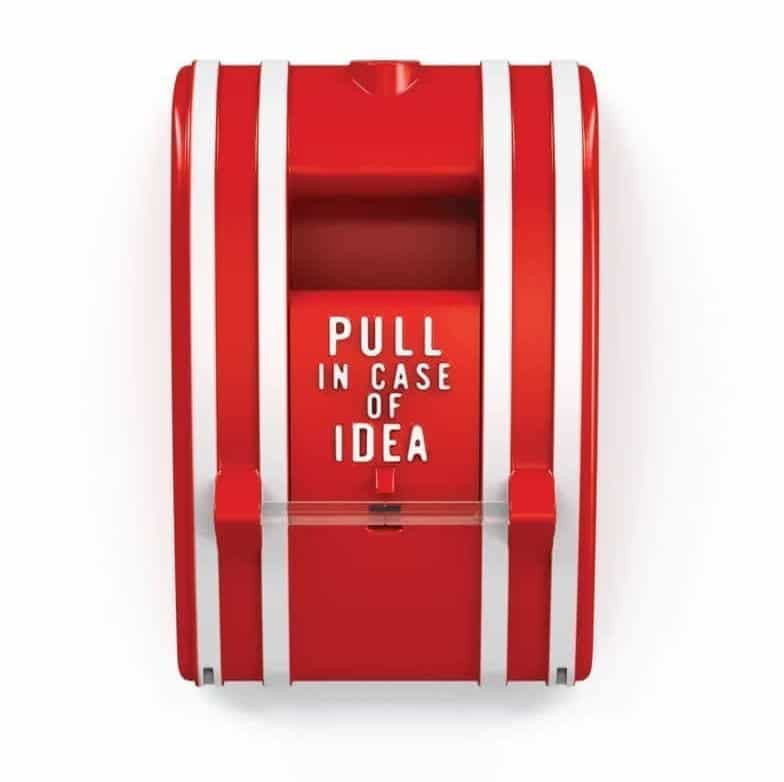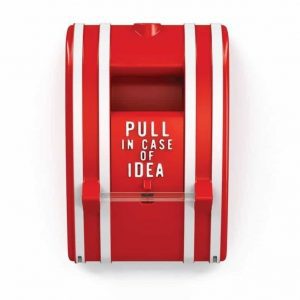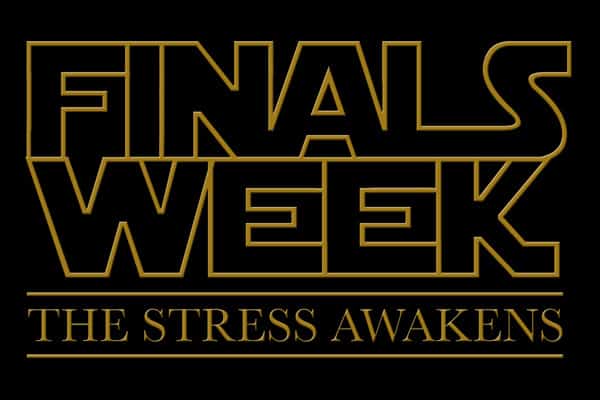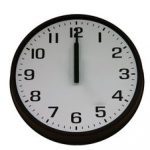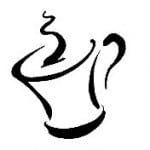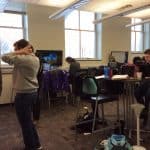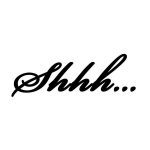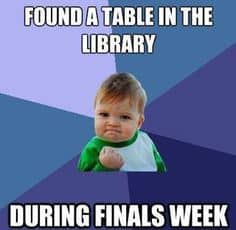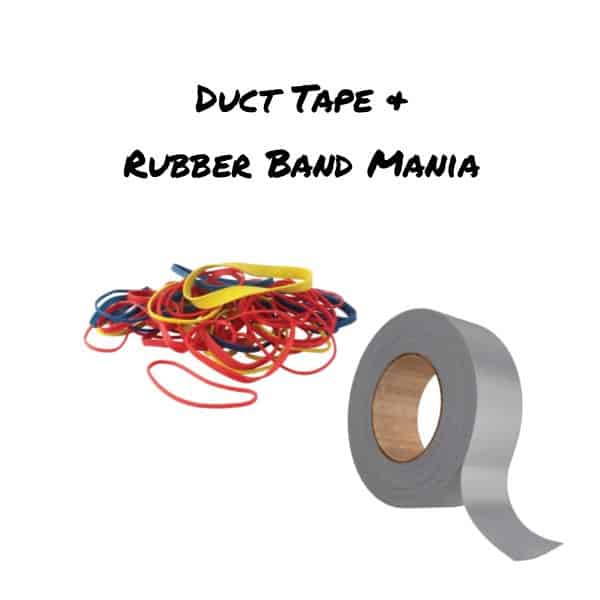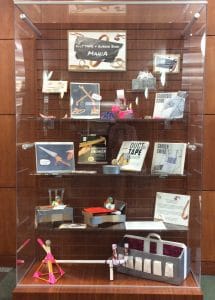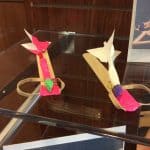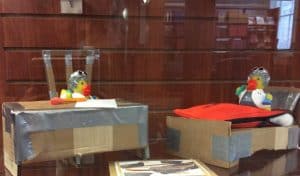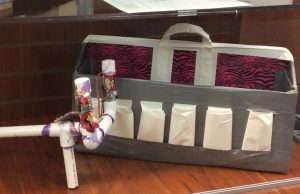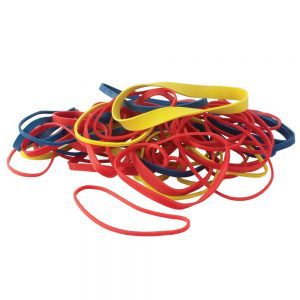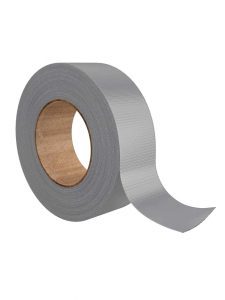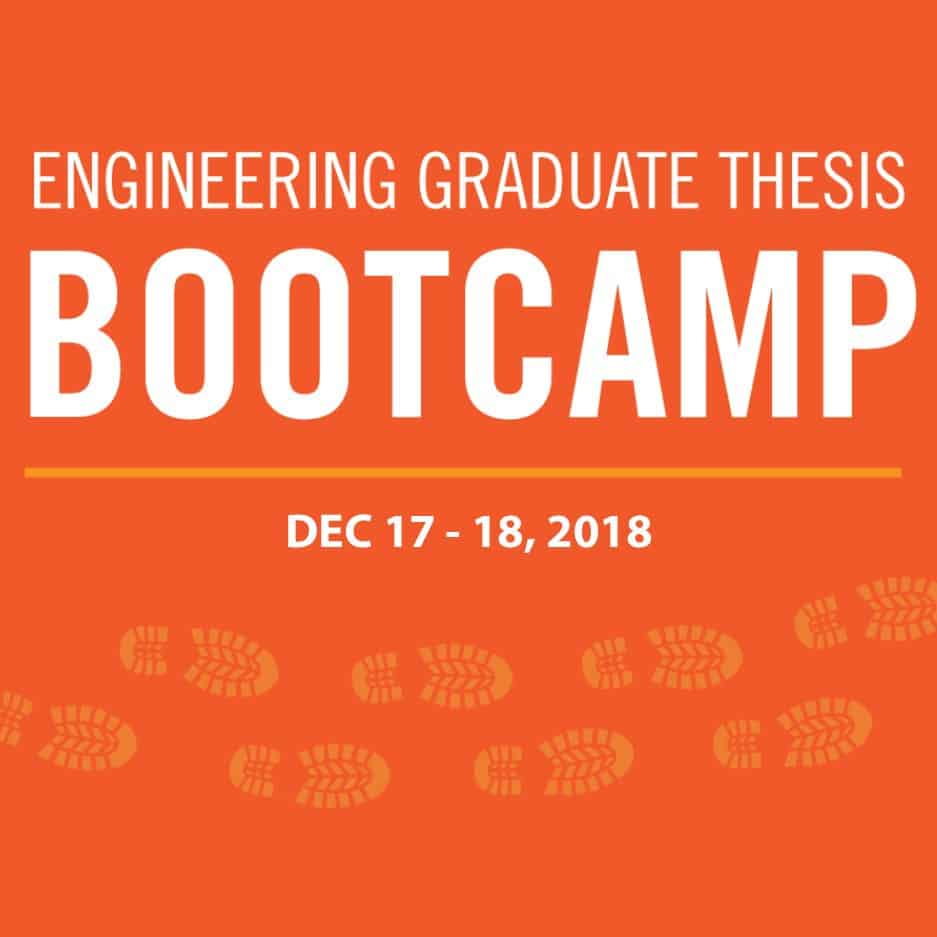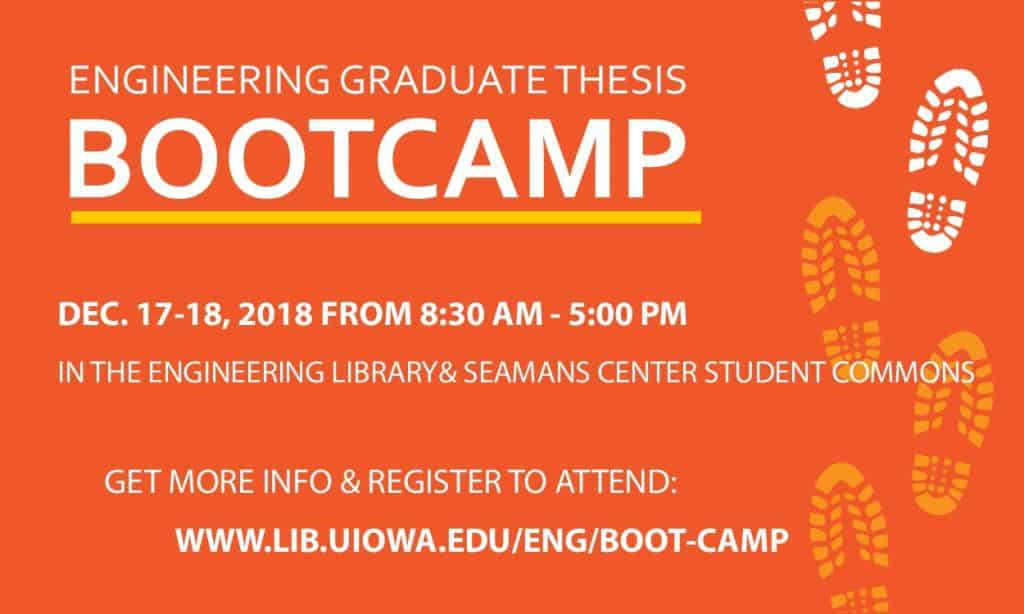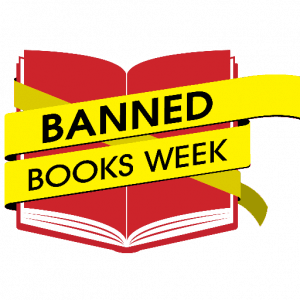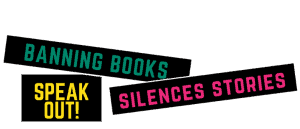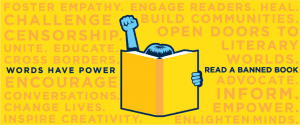Join us for a fun filled Pi Day Celebration!!!
We are celebrating our favorite mathematical constant, pi, with an afternoon of trivia, library resources fair, and FREE apple pie bites!! Festivities will kick off at 1:59 pm on March 14, 2019 in the Seamans Center Student Commons.
JUST ADDED!!! How to Publish with IEEE! March 14th from 10:00 to 11:00 a.m. in the Engineering Library Creative Space (2001C SC)! Jalyn Kelly, IEEE Client Services Manager, will be presenting an overview of publishing with IEEE! She’ll be covering a variety of topics, including • tips on selecting the appropriate IEEE periodical or conference • how successful authors structure quality work to improve chances of being accepted • how to avoid common mistakes that will prevent a manuscript from being accepted • insights into what editors are looking for in a submission & why they reject papers • tools & resources to help authors through the publishing process • strategies for using IEEE Xplore effectively for a literature review including how to stay up-to-date on the latest research • MUCH MORE!! This is a session you are not going to want to miss!!
What is the Library Resource Fair?
This year representatives from various library resources will be here! They’ll be available for you to talk with and explore what their particular resource provides! Trainers will be here from Elsevier (EVillage – Compendex), IEEE (IEEExplore), NLM (PubMed), ACS (SciFinder), and Clarivate (TechStreet).
Check out Compendex by Elsevier: It has the search, analytics, and navigation tools that engineers need to efficiently generate research, assess the impact and relevancy of critical information, and discover new insights for addressing the world’s toughest engineering challenges. All content and features are designed for engineers, so results and outcomes are always engineering-relevant.
IEEE Xplore by IEEE is a research database for discovery and access to journal articles, conference proceedings, technical standards, and related materials on computer science, electrical engineering and electronics, and allied fields. The digital library is your gateway to trusted research—journals, conferences, standards, ebooks, and educational courses—with more than four million articles to help you fuel imagination, build from previous research, and inspire new ideas.
PubMed, part of National Library of Medicine, comprises more than 29 million citations for biomedical literature from MEDLINE, life science journals, and online books. Citations may include links to full-text content from PubMed Central and publisher web sites.
SciFinder, produced by American Chemical Society, is a research discovery application that provides integrated access to the world’s most comprehensive and authoritative source of references, substances and reactions in chemistry and related sciences. It gives you instant access to the world’s largest curated collection of information on disclosed chemistry and related research produced by CAS. (Everyone MUST register on campus using an Iowa email account to use this resource. Detailed instructions are located at guides.lib.uiowa.edu/chem. )
Test your knowledge with some pi/pie trivia!
We will also have an afternoon of trivia!! Get your team together, or join a team when you get here. Brush up on your pi/pie trivia and get ready to compete! Can you beat your professors? Professors, want to prove to the students that you know more than they do? Come and find out!!
Example: Which Star Trek character foiled an evil computer by telling it to compute to the very last digit of pi?
What would Pi Day be without FREE APPLE PIE BITES!!??
We will have delicious apple pie bites from Neel House Bakery.
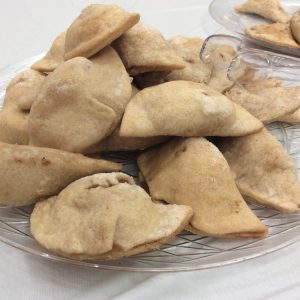
Stop in, explore our resources, play some trivia and enjoy pie bites!
It would be irrational not to spend Pi Day with us!
Individuals with disabilities are encouraged to attend all University of Iowa-sponsored events. If you are a person with a disability who requires a reasonable accommodation in order to participate in this program, please contact Kari Kozak at kari-kozak@uiowa.edu in advance of the event.
